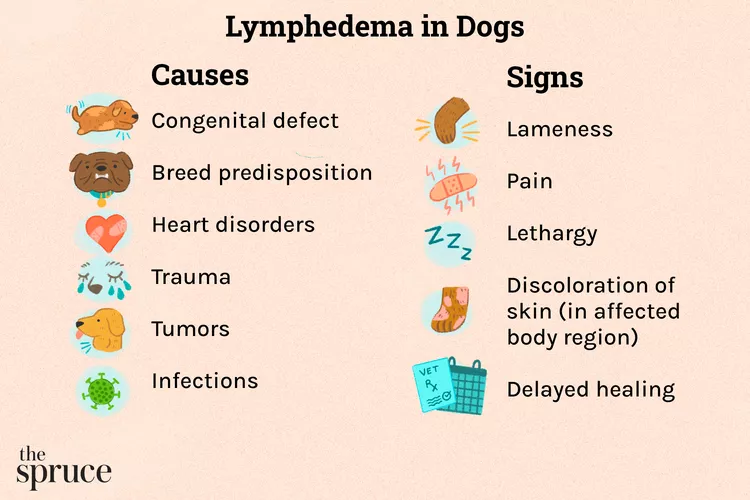
Lymphedema is a medical condition in which localized fluid retention and tissue swelling are caused by a compromised lymphatic system. The swelling may affect one or more limbs and typically begins at the end of the limb, slowly moving toward the torso. Most of the time, the cause of a dog's lymphedema is an illness or injury. Stings from insects or snake bites are common causes of lymphedema, which can affect all dog breeds and ages. Primary lymphedema, a congenital issue, is more common in certain breeds and generally appears early in a puppy's life.
Lymphedema is a collection of lymph fluid in body tissues due to obstruction within a dog's lymphatic system. This system filters blood, circulates lymph, and drains excess fluid from tissues. Lymphedema essentially refers to swelling in one or more parts of a dog's body that is caused by a problem within the lymphatic vessels.
Swelling is an obvious sign of lymphedema. While other injuries may cause tissue swelling, this condition happens as a result of lymphatic fluid pooling in parts of a dog's body.
The areas of swelling generally feel soft and malleable because they are fluid-filled—almost like a water balloon. In addition to visible swelling, the dog may begin to exhibit other symptoms that are caused by fluid retention in the swollen limbs such as pain or lameness of one or more limbs and lethargy due to generally feeling unwell.
Lymphedema is most often a secondary condition resulting from a chronic illness or an acute injury such as:
These problems can cause excessive fluid production that overwhelms the lymphatic drainage system and creates swelling.
More rarely, lymphedema can be a primary problem that appears in puppies under two months of age due to a congenital defect in which normal lymph vessels are absent or compromised.
Lymphedema can occur in any dog, but the breeds that are more predisposed to the primary condition are Borzoi, bulldogs, poodles, Labrador retrievers, German shorthaired pointers, and English sheepdogs.
Your veterinarian will start by performing a thorough exam and obtaining a history of your dog. When giving the history of your dog, be sure to include any possible injuries or interactions with insects and snakes that may have recently occurred.
Your vet will most likely perform several diagnostic tests to explore common causes of tissue swelling such as injury, heart disease, or infection. Tests will most likely include a complete blood count, tests for tick-borne infections and heartworm disease, evaluations of liver, kidney, and pancreatic functions, electrolyte tests to check for dehydration, and a fine needle aspirate of the affected area or nearby lymph nodes.
A fine-needle aspiration (FNA) may be performed by collecting cells from an affected area or lymph node and then transferring them to a slide to look at under the microscope. It is minimally invasive and can be done on the same day as your initial exam. If the FNA is inconclusive or reveals no cancerous or inflammatory cells, x-rays or an ultrasound may also be recommended.
If primary lymphedema is suspected, lymphangiography may be considered. In this procedure, dye is injected below the swollen areas, and the flow is observed through video X-rays (fluoroscopy) to reveal areas of poor circulation.
If your vet finds an underlying cause of your dog's lymphedema that is treatable, then lymphatic swelling will resolve with treatment. Resting the dog and massaging the affected limb may improve lymph circulation.
In some cases of primary lymphedema, the use of long-term pressure wraps and physical therapy can help improve a dog's quality of life. Surgery may also be recommended, based on the results of lymphangiography.
Prevention of lymphedema is only possible in cases that involve injury or encounters with stinging insects or snakes. Even then, accidents can happen, and lymphedema may occur.
If the underlying cause of lymphedema is found and treated, the condition will likely resolve when the underlying problem improves. Prognoses for primary lymphedema are more variable and guarded, and severe cases can be fatal.

Exploring the Different Types of Pet-Friendly Beaches
Are you looking for pet-friendly beaches? Learn about the different types of pet-friendly beaches, their locations, and tips for visiting them with your pet.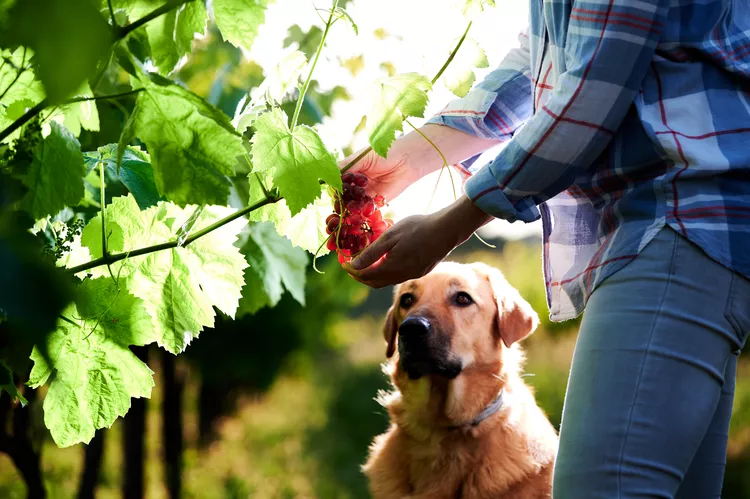
Exploring Pet-Friendly Wineries: Types, Locations, and More
Discover the different types of pet-friendly wineries, where to find them, and what to expect when you visit. Learn more with The Spruce Pets.
Why Is My Dog’s Eye Swollen?
If your dog's eye is swollen, she may need veterinary attention. The inflammation could be caused by allergies, an injury, or even a tumor.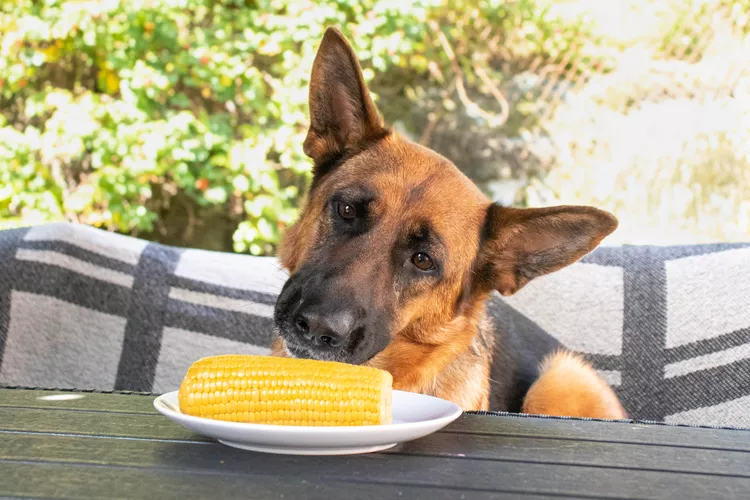
Can Dogs Eat Corn on the Cob?
Dogs love chewing on corn cobs, but this can cause serious harm. Learn about the dangers of corn cobs and find out what to do if your dog eats one.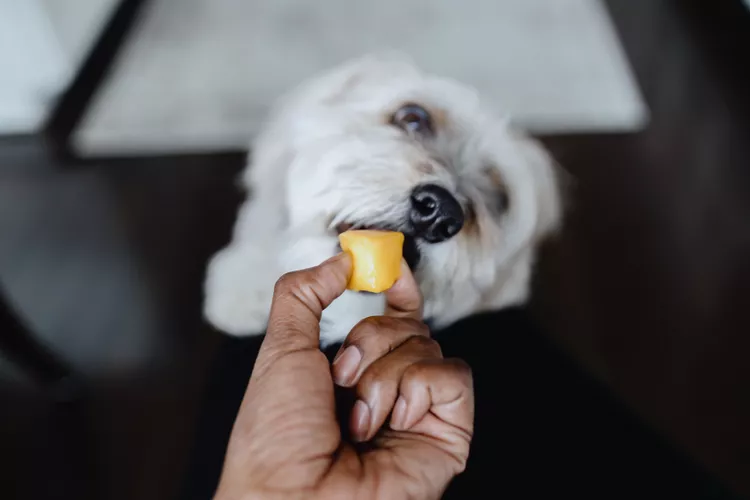
Can Dogs Eat Papaya? What to Know About Sharing This Tropical Fruit With Your Pup
Papaya is safe for dogs in moderation, and it can even provide some nutritional value for them. However, too much can cause digestive upset, and it's not suitable to share with dogs with certain health conditions.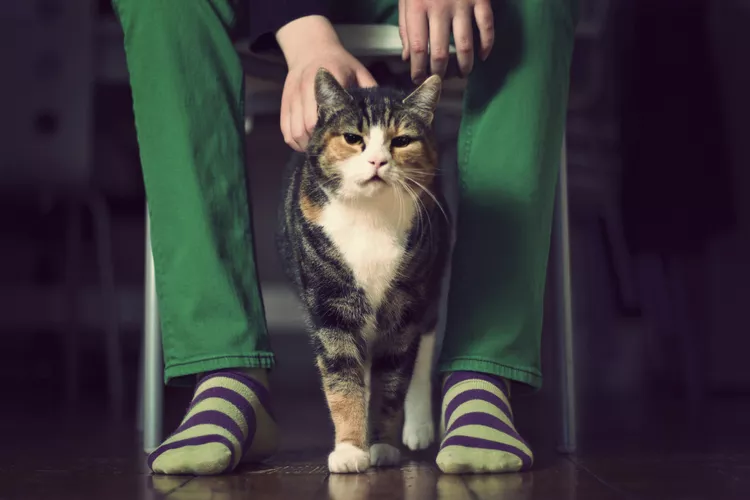
65 Irish Cat Names
Irish cat names can pay homage to historical places, local cuisine, famous Irish actors and musicians, or other wonderful aspects of the Emerald Isle.
Feline Hyperesthesia Syndrome (FHS) in Cats
Rippling skin is more than dermal sensitivity in cats. It can be a sign of Feline Hyperesthesia Syndrome. Learn the causes, treatment, and prevention.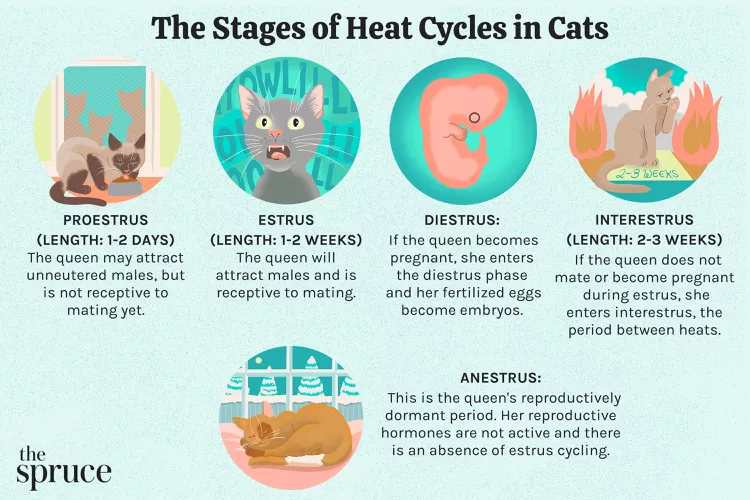
How Long Are Cats in Heat?
How long are cats in heat? Learn about the heat cycles of cats, also called estrus, as well as the reasons you should spay your cat.
Can Dogs Eat Raw Chicken Feet?
What are the potential health benefits of chicken feet for dogs? What are the risks?
Is Eucalyptus Safe for Cats?
Many products containing eucalyptus are not safe for cats, and it is important to be aware of the risks to your cat.
What You Need to Know About Homemade Cat Food
If you want to cook for your cat, make sure to read about the risks associated with homemade diets for cats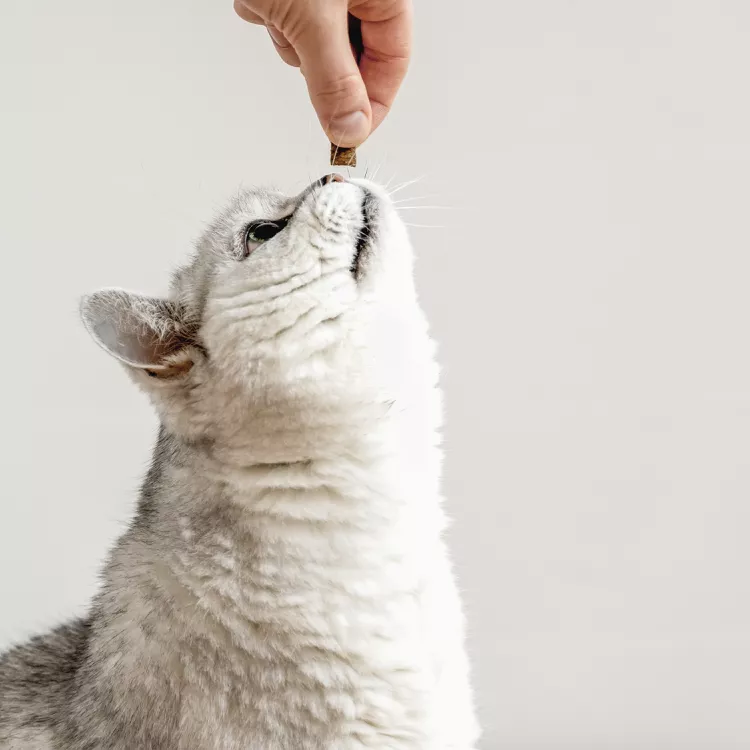
Can Cats Eat Peanut Butter?
Peanut butter is not toxic to cats, but it might not be the best choice of treat for them.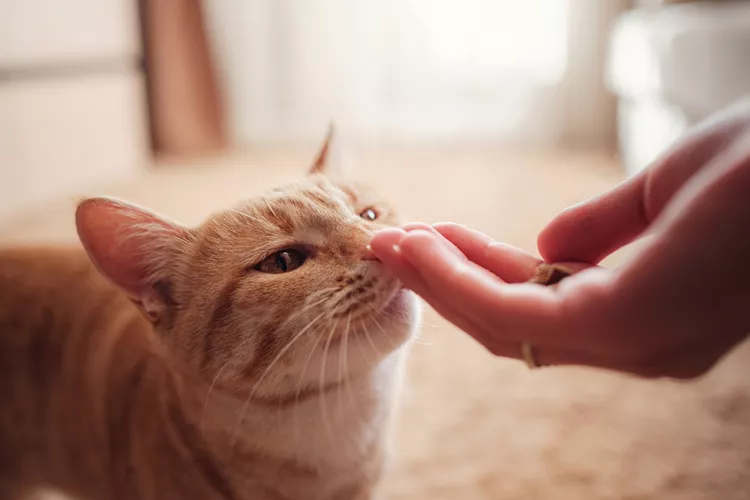
Can Cats Eat Cheese?
Can cats eat cheese? Is it healthy for them? How much can they eat and what should you do if you fear your cat has eaten too much cheese?
8 Flat-Faced Cats with the Cutest Smooshed Faces
These flat-faced cat breeds have a distinct and adorable appearance. Learn about their origins and traits, and the potential health risks tied to their unique facial structures.
Pictures and Facts About Bengal Cats and Kittens
Bengal cats are a cross between wild cats and domestic cats. Learn more about what they look like and pictures of this beautiful spotted breed.
Top 10 Big House Cats
Larger cat breeds, like Maine coons and savannahs, deserve just as much love as their petite counterparts. These big house cats tip the scales.
Cairn Terrier: Dog Breed Characteristics & Care
The cairn terrier is a spunky, affectionate, and intelligent dog from Scotland. The breed became famous when one played Toto in The Wizard of Oz. Learn about the temperament, history, health, and care needs of the cairn terrier dog breed.
Reasons Why Dogs Grind Their Teeth
Some dogs grind their teeth. Learn why dogs grind their teeth and if it can be harmful. Find out what to do about teeth grinding in dogs.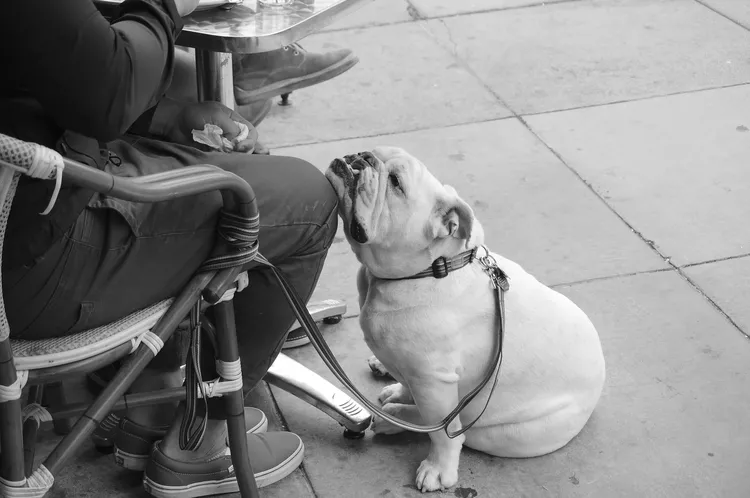
This Is Why Some Dogs Lean on People
Certain dogs really love leaning on their humans. What does this mean? Find out why dogs lean on people and if this is ever a problem.
Can Dogs Get Depression? How to Help Your Sad Dog
Can dogs get depression? Learn about the signs of depression in dogs and find out how to help your sad dog.